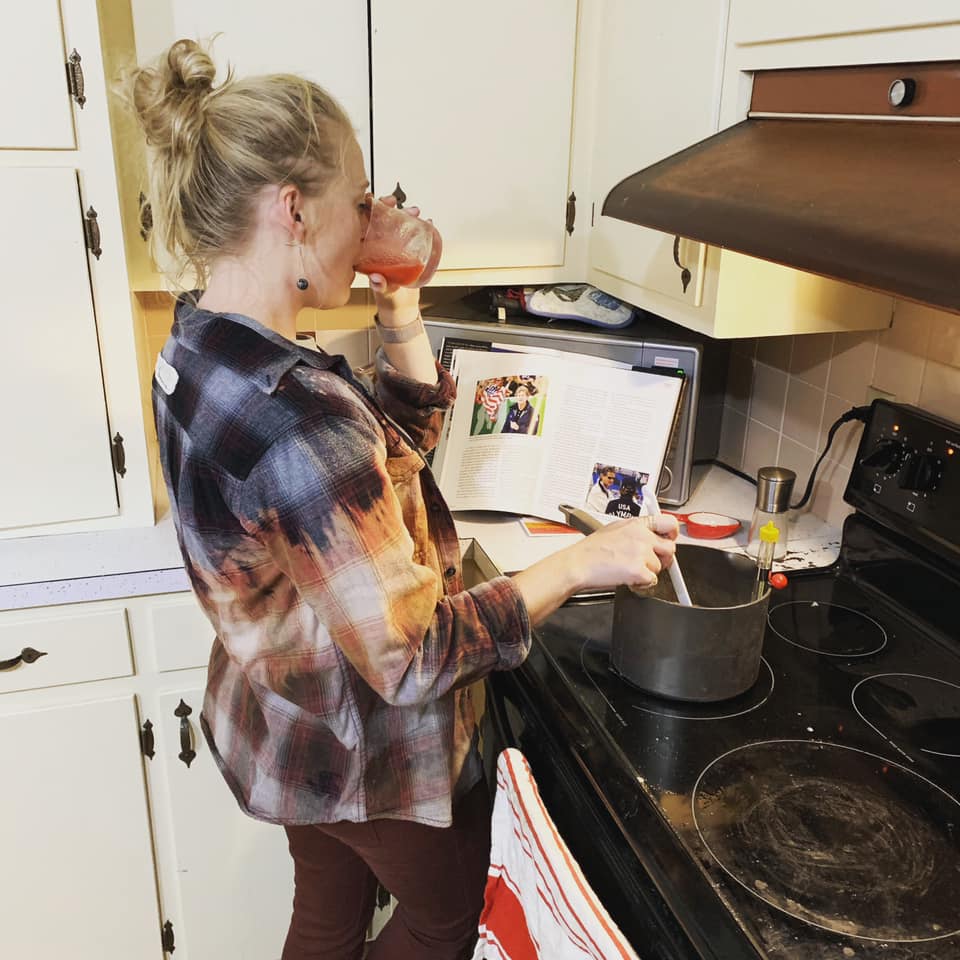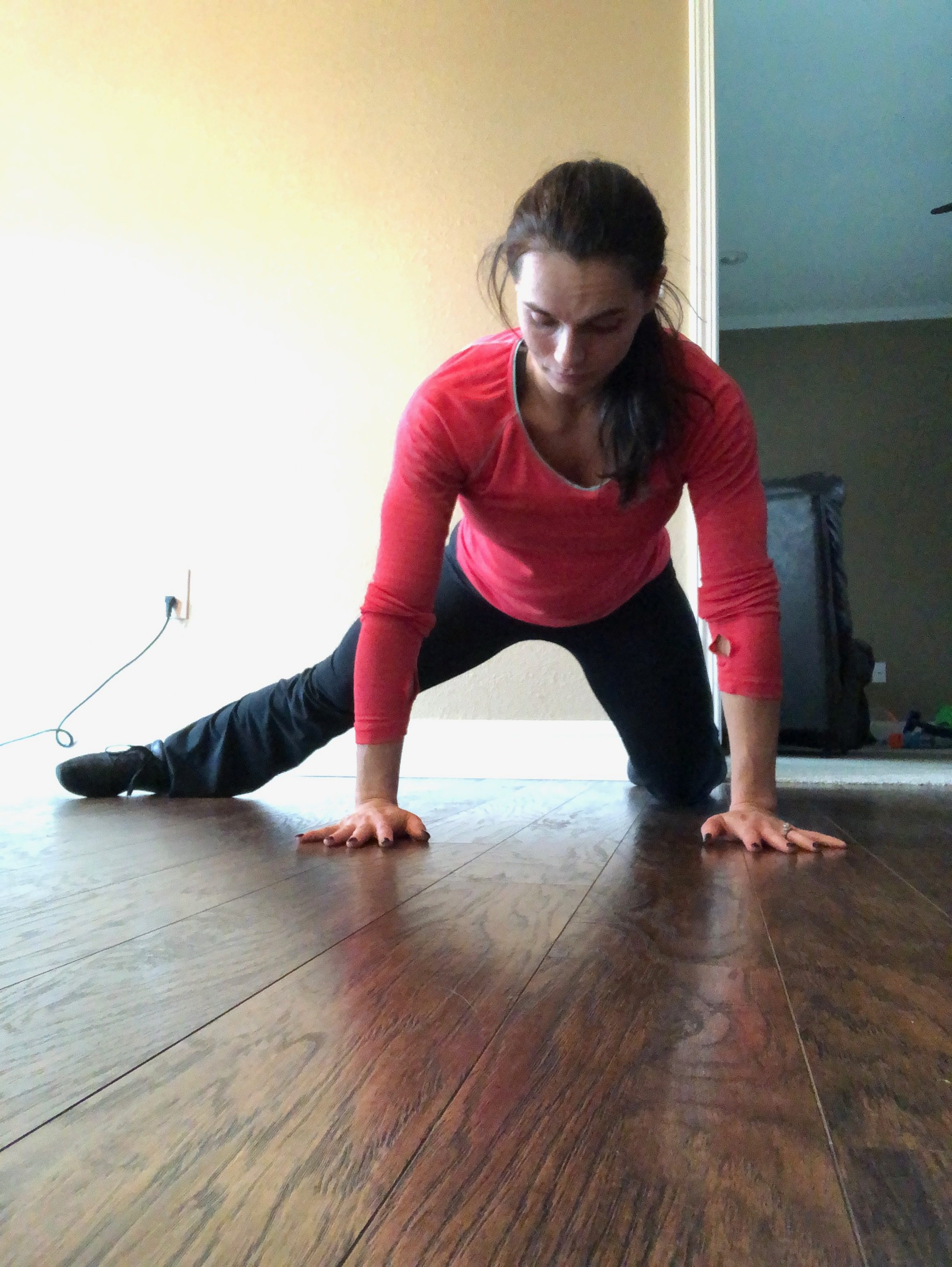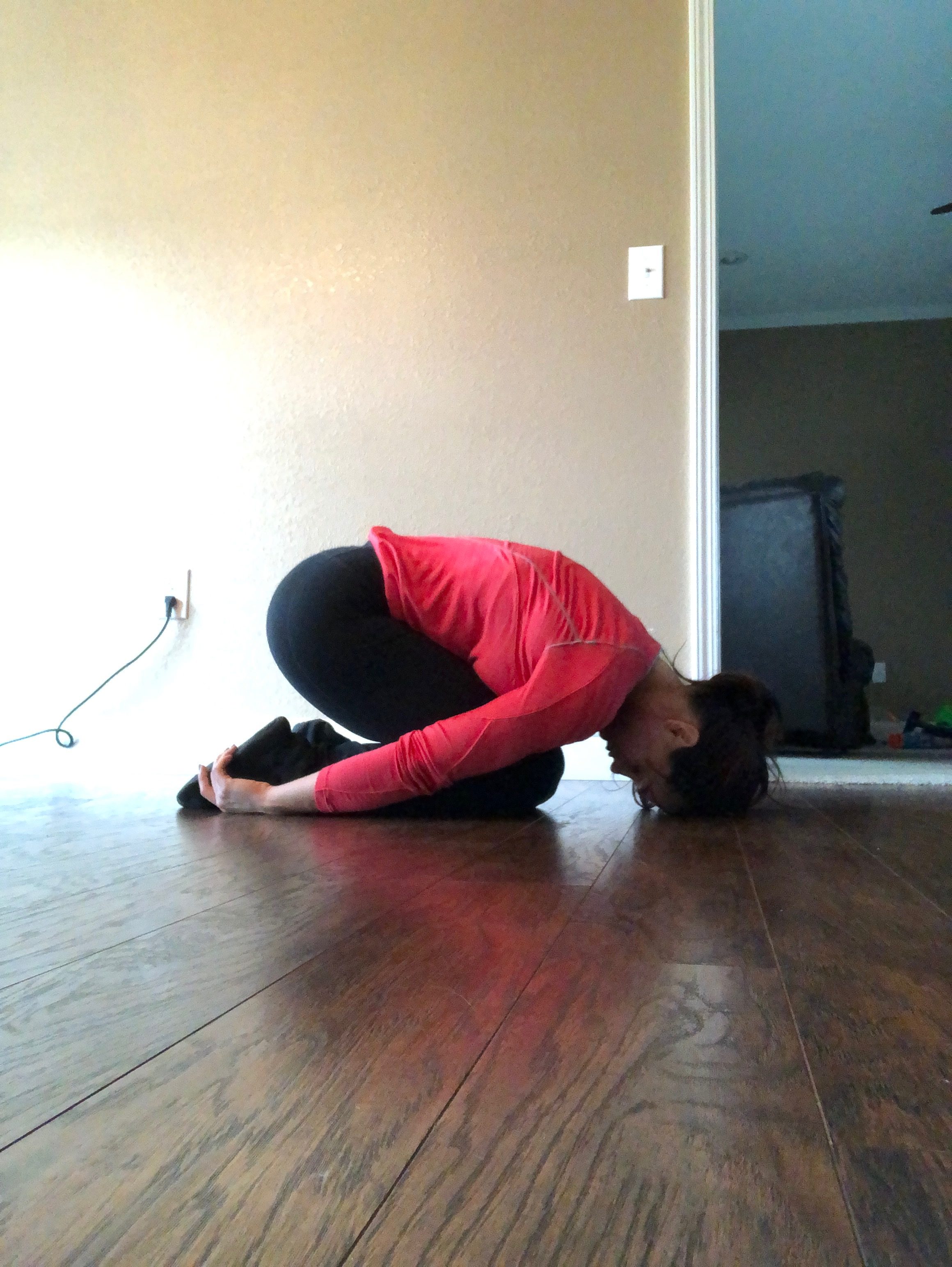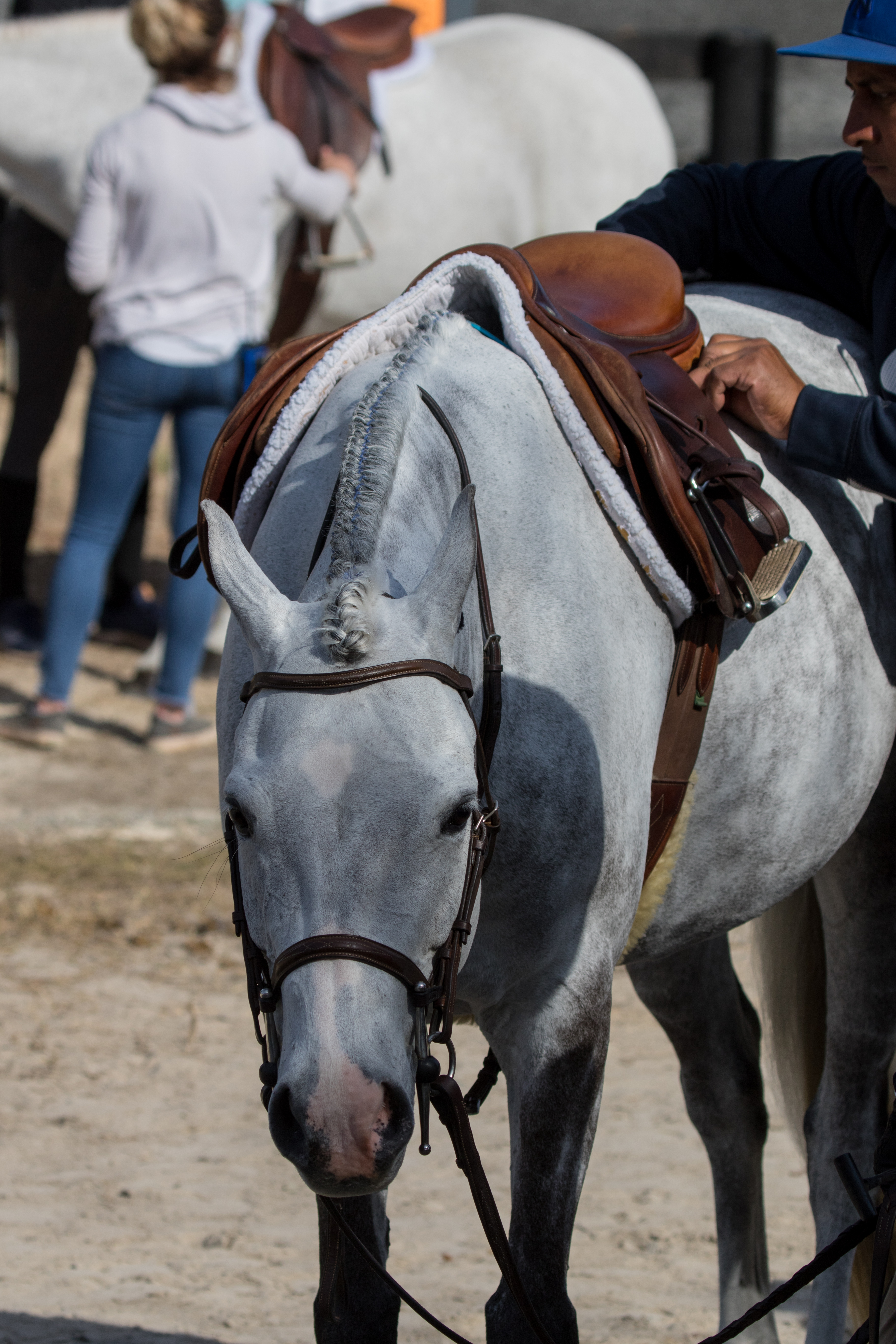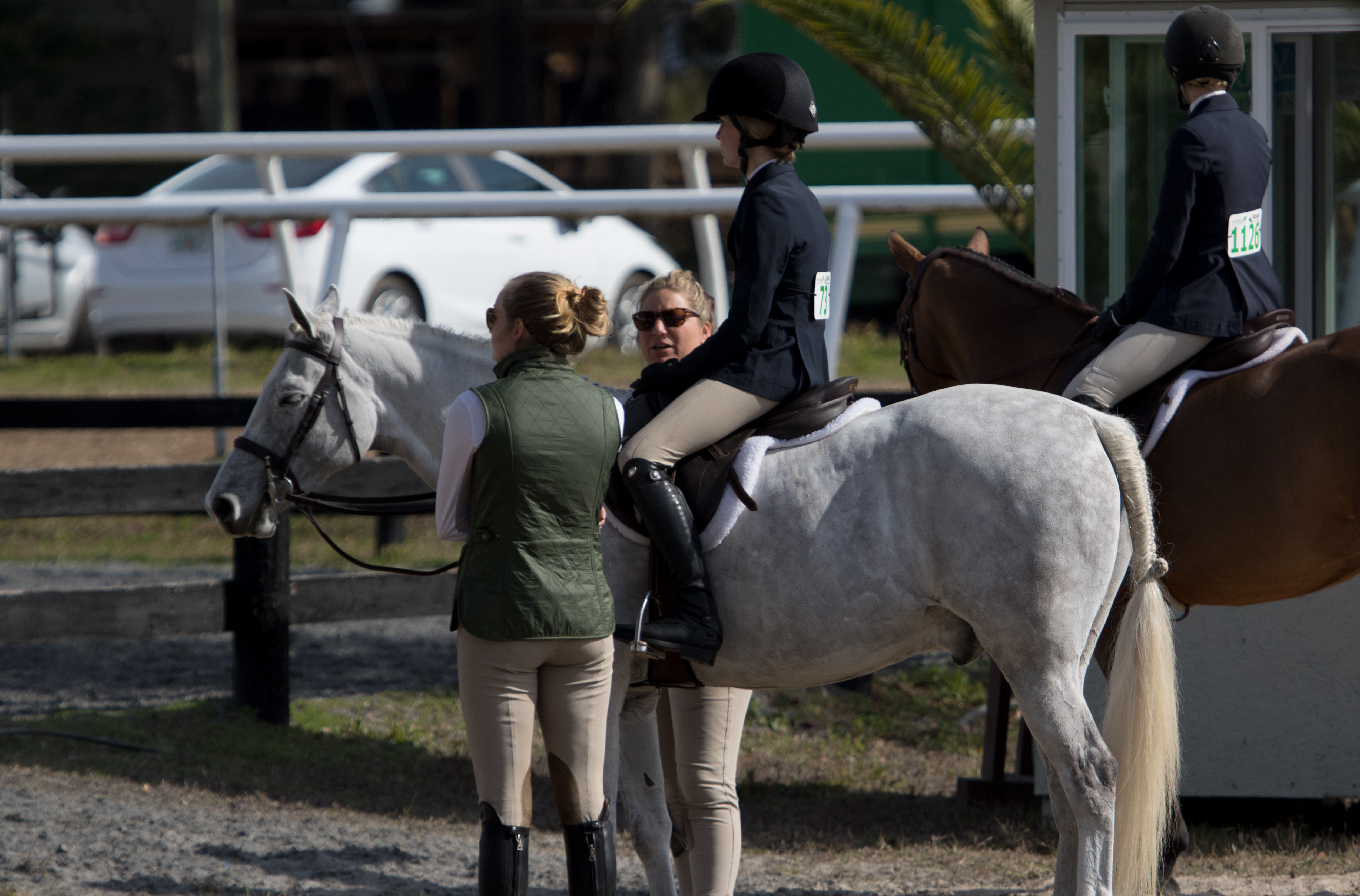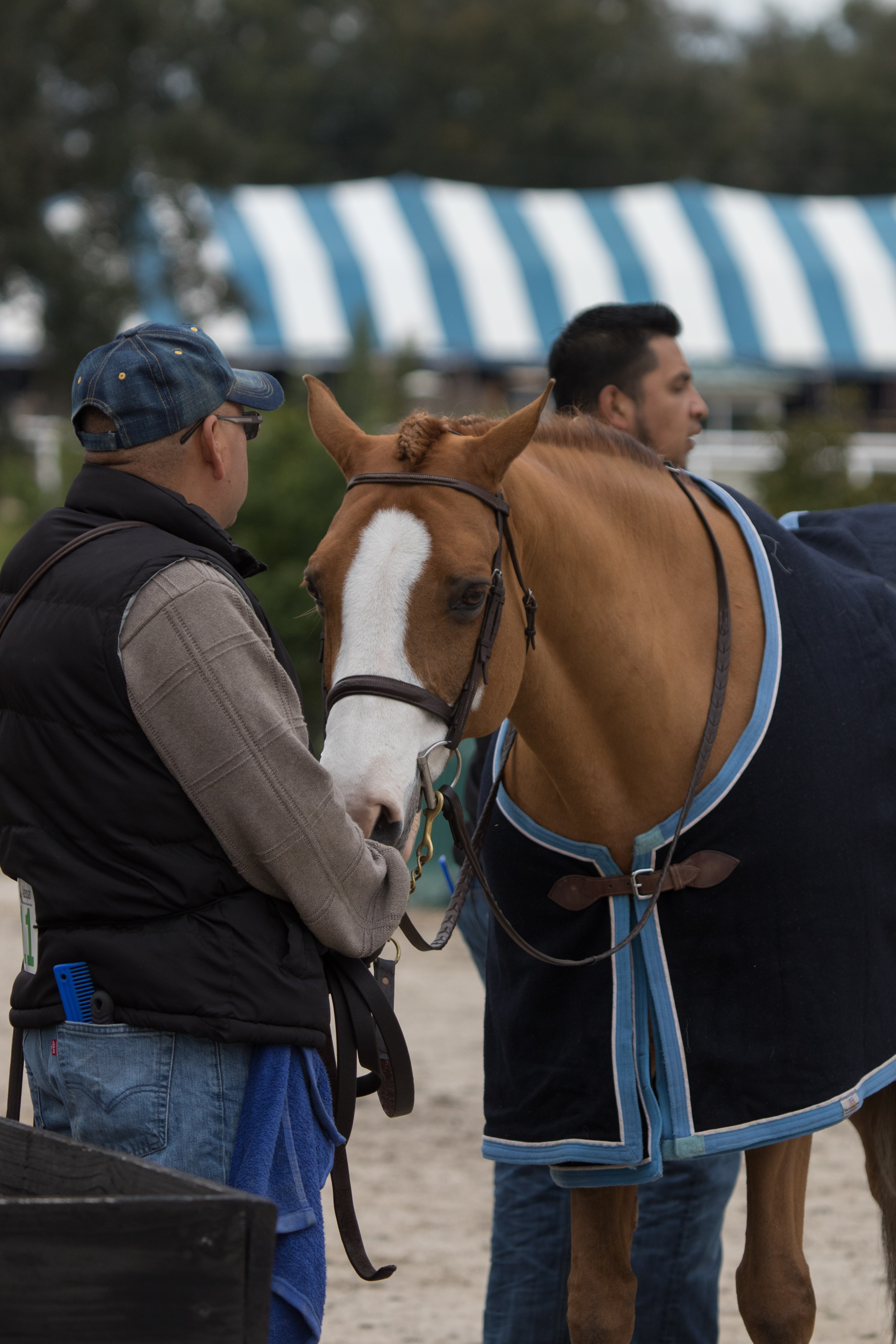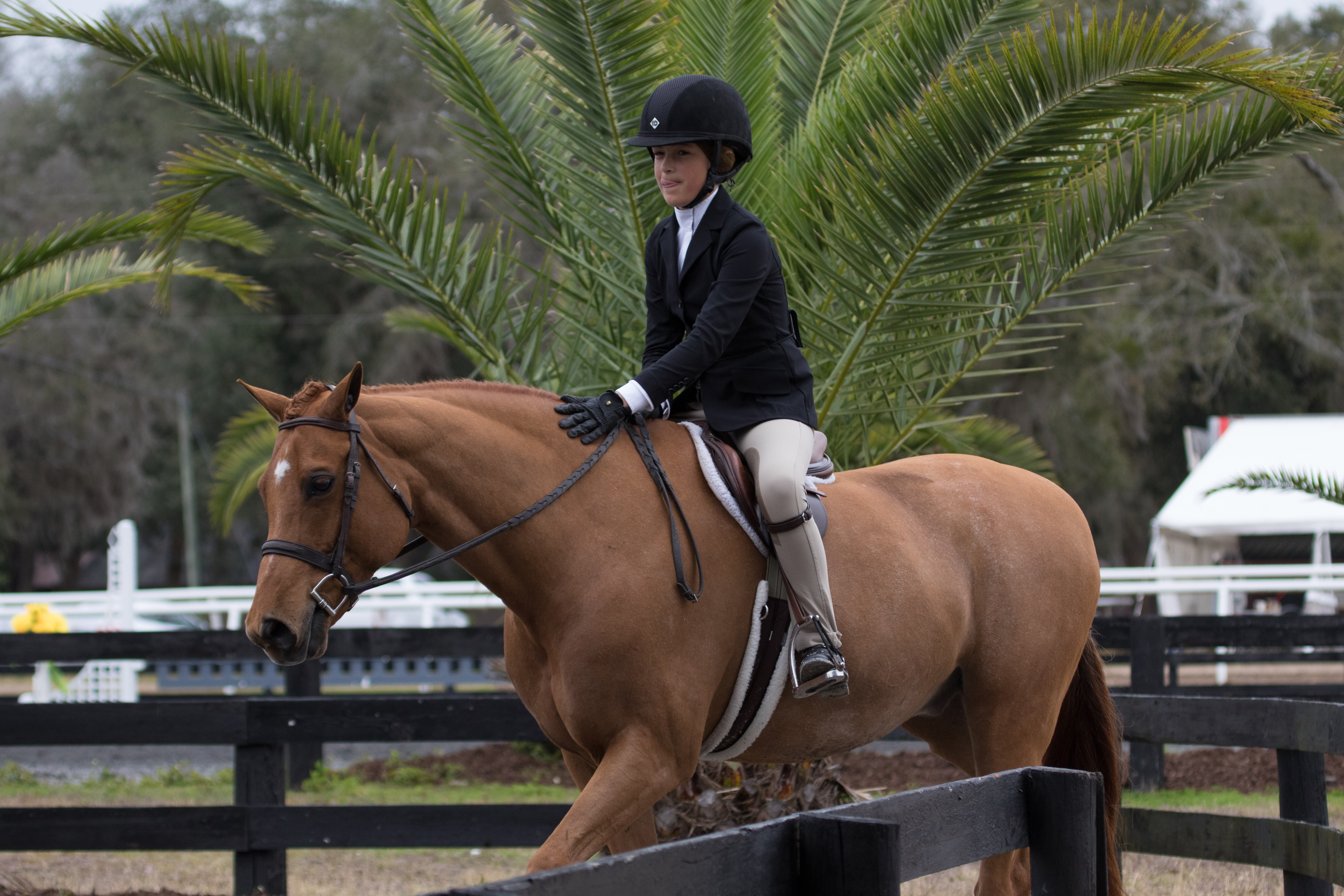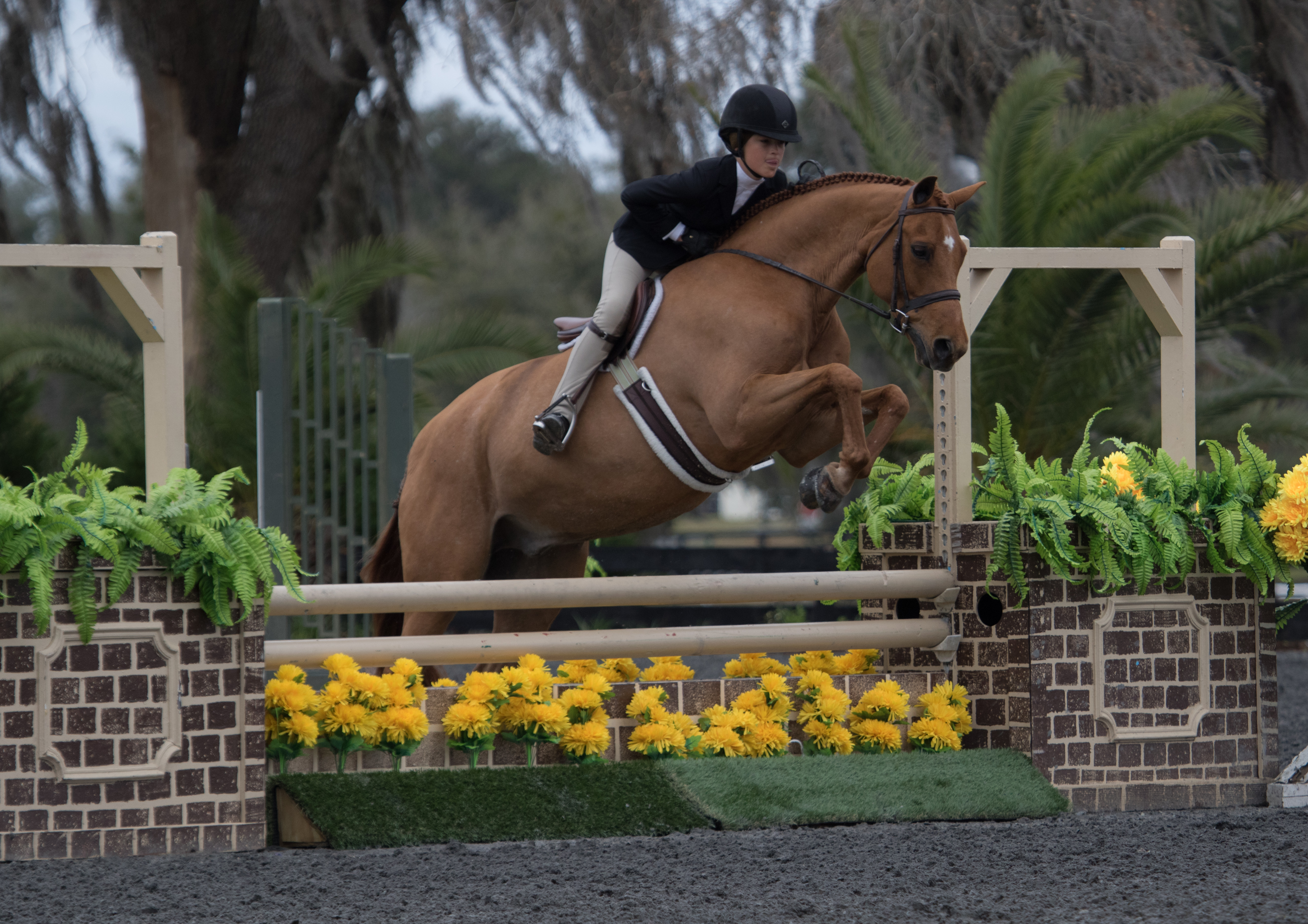
Bear in his new home, Le Cheval de Boskydell, where he is under the immacualte care and training of our new trainer, Jill O’Donoghue. Photo courtesy of Meagan DeLisle.
In early February, I sat down at my computer and mapped out my entire competition schedule for the spring/early summer season, and I am sure I am not the only eventer who did so. We all had big dreams and big plans for the year. Mine included finalizing my qualifications for the 2020 American Eventing Championships early on by putting in two more clear cross country rounds, and then just working on fitness until August rolled around. My sweet horse Bear is nearing 23 now (and that is to our best guess, haha, there is some discrepancy as to his age), and while he looks as fit as can be, continuing at novice or going past it is out of his comfort zone. The goal? Kill it at the AECs and let my tailless wonder retire on our farm, all while shopping for a new competition horse to step in and take his place when the time came.
I had no clue that just a week later the coronavirus would make its way into the United States, or that two weeks later I would put myself out of competition for some time by tearing not one, but two of the ligaments in my left ankle after taking a small tumble at HITS Ocala (lesson learned ladies and gentlemen, don’t try and land on your feet — especially if your ankles suck at being ankles).
I gave myself 10 minutes to freak out, and then I met with my orthopedic to make a plan. “My year-end championships are in August,” was the first thing I said when he opened the door to my exam room. “I need to be in the saddle before June to be fit, ready, and fully qualified. This is the first time I have ever qualified, and the only chance I have of competing with this horse.”

My sucky ankles just one day after the injury. Photo courtesy of Meagan DeLisle.
My husband sighed, but my orthopedic just laughed. “Done and done,” he said as he explained to me a new surgery option that would just have me out for six short weeks. The rehab would be intense, but my ankle would be better than ever. We scheduled the surgery for two weeks later (his earliest availability), and I was on my way dreaming of cross country runs at the Kentucky Horse Park and hopefully low dressage scores.
And then, the coronavirus actually became a thing. As my surgery date crept forward, several people reached out to me curious as to if my surgery was still on the schedule. I began to panic. They wouldn’t ACTUALLY cancel my surgery, would they? I mean, I could barely walk, surely they saw this as an essential surgery, right?
Wrong. At 7:02 PM the night before my surgery, the hospital called me. The first positive testing in the county had come back, and all non-essential surgeries were off the docket. I cried myself to sleep that night knowing that this was just the beginning and that it would get much worse before it could get better. I was so close.
I know that I am lucky in some aspects that my surgery was canceled. I know that there was an inherent risk of myself or my surgical team coming into contact with COVID-19. I know that surgical supplies need to be saved for life-threatening cases. Trust me; I know all of this. But that doesn’t mean that this absolutely does not suck.
I am an active person. My solace is riding, and that is gone for who knows how long. My jumper mare is still in Florida, and I took Bear, my eventer, to Illinois for boot-camp so that once I was healed and ready to go, so was he. For a while, I could visit Bear a few times a week, but then the need to quarantine became so urgent that I knew I could no longer put my wonderful barn family at risk. So here I am, stuck at home, barely able to walk, unable to care for my farm and its many inhabitants and unable to ride or see my horses. And it sucks. My husband has been wonderful dealing with my roller coaster of emotions and helping care for everything at home and on the farm. I know I haven’t been an easy patient. In fact, my doctor refers to me as “his worst patient.” Sorry, Wayne.
So what does one do when the world seems to stack against them? Again, I gave myself some time to be mad, sad, and everything in between. I let myself curse the world, and then I let myself draw inward and eat as much ice cream as I possibly could handle. Then I looked myself in the mirror one day and said, “suck it up, buttercup. Life sucks. Make it suck less.”
So I ordered a TON of books and have dedicated this time to reading and learning and betting myself as a horsewoman, even when I cannot be around a horse. I finally learned about conformation and how to assess it thanks to Deb Bennett’s “Principles of Conformation Analysis,” and I took note of some barn management skills I can implement at home with Cherry Hill’s “Horsekeeping on a Small Acreage.” I re-read and sticky-noted the crap out of one of my favorites, “World-Class Grooming” by Cat Hill and Emma Ford.

Trying to find my happy place by reading one of my all-time favorite books, “World-Class Grooming” just minutes after my hospital cancelled my surgery, while my husband tries to cheer me up with YouTube videos. Photo courtesy of Meagan DeLisle.
I subscribed to YouTube after YouTube of professional riders who I admire and have watched thousands of helmet cams, counting the strides between combinations and feeling the way an upper-level rider executes their plan. I watch Dressage riders explain and dissect difficult movements so I can better my scores when the time comes. I assess show jumping rounds one-by-one, watching old live feeds, and understanding why a rail came down and how it could have been prevented.
I have cleaned my tack so thoroughly that it looks brand new. I have organized my show trunks so that when the season finally comes around, I have everything in its place. With the help of my husband, we have combed through my truck and trailer, making sure that all is in working order for when I am finally able to go show. And I have scoured the internet looking for the perfect scooter to take to shows with me so that even though I might be in recovery and unable to show, I can still go and live in the moment with my friends and teammates and scoot around the grounds as best as possible.
Don’t get me wrong — I am still sad and frustrated, and the hospital probably hates me because I call weekly hoping for an update only to hear, “sorry, Meagan, still not happening anytime soon.” I still think my ankles and the coronavirus absolutely suck. I still don’t understand why any of this happened to me, to my country, to my sport. But at the end of the day, I am healthy. I am alive. And I am going to make the best of this. Because my ankles and the coronavirus might suck, but my life doesn’t have to.







